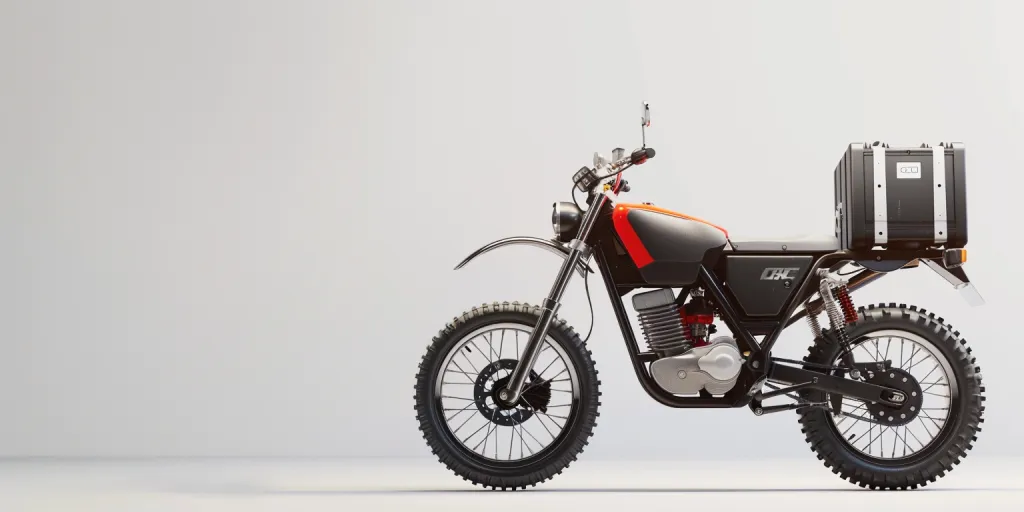When it comes to powering your motorcycle, the battery is the heart of the operation. Choosing the right one can be the difference between a smooth ride and being stranded. This guide will navigate you through everything you need to know about motorcycle batteries, from selection to replacement.
Table of Contents:
1. What is a motorcycle battery?
2. What does a motorcycle battery do?
3. How to choose a motorcycle battery
4. How long do motorcycle batteries last?
5. How to replace a motorcycle battery
6. How much are motorcycle batteries?
What is a motorcycle battery?
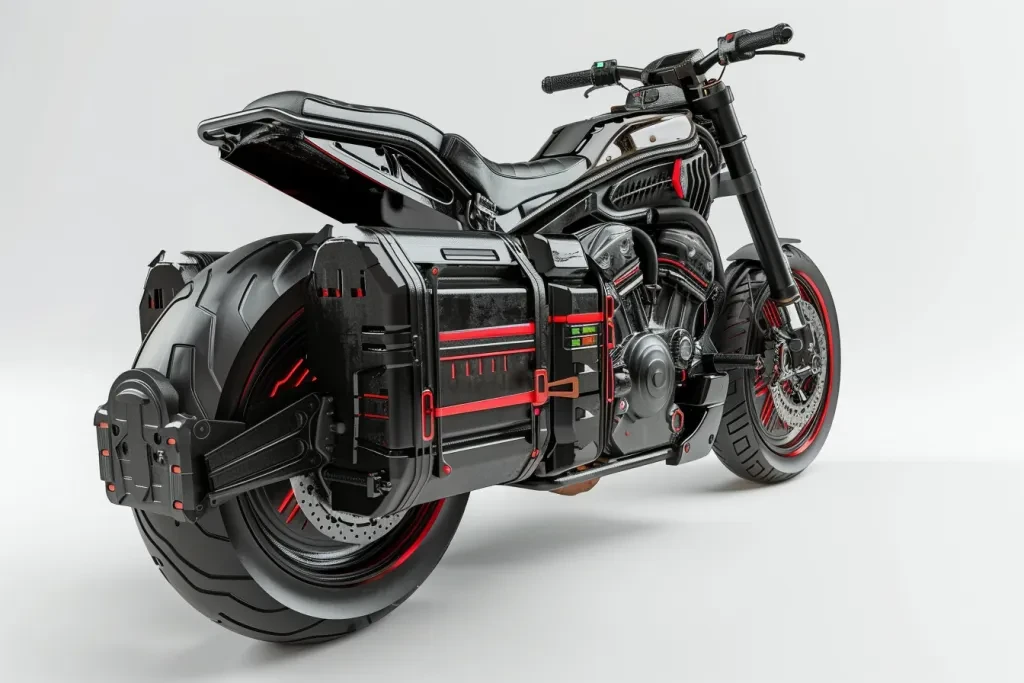
A motorcycle battery is a storage device that provides electrical power to a motorcycle, primarily to start the engine. Beyond ignition, it powers essential functions such as lights, the fuel pump, and electronic systems when the engine isn’t running. Motorcycle batteries come in various types, including lead-acid, absorbed glass mat (AGM), and lithium-ion, each with distinct advantages and maintenance requirements. Lead-acid batteries are the most traditional, offering a cost-effective solution but requiring regular maintenance. AGM batteries, on the other hand, are sealed, maintenance-free, and offer better performance and durability. Lithium-ion batteries are the newest technology, providing the highest power-to-weight ratio, but at a higher cost.
What does a motorcycle battery do?
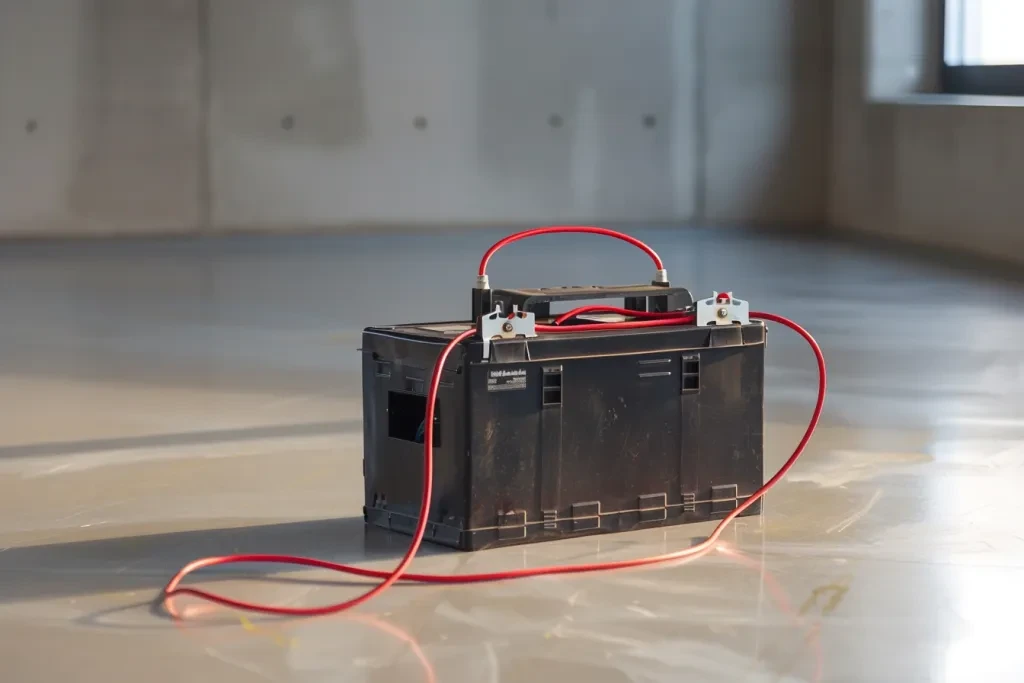
The primary role of a motorcycle battery is to power the starter motor, which turns the engine over to initiate combustion. Once the engine is running, the alternator takes over, generating electrical power, recharging the battery, and powering the motorcycle’s electrical systems. The battery also acts as a power reservoir, smoothing out voltage spikes and providing additional power when demand exceeds the alternator’s output. This ensures that the motorcycle’s electrical systems function optimally, preventing damage to sensitive electronic components.
How to choose a motorcycle battery
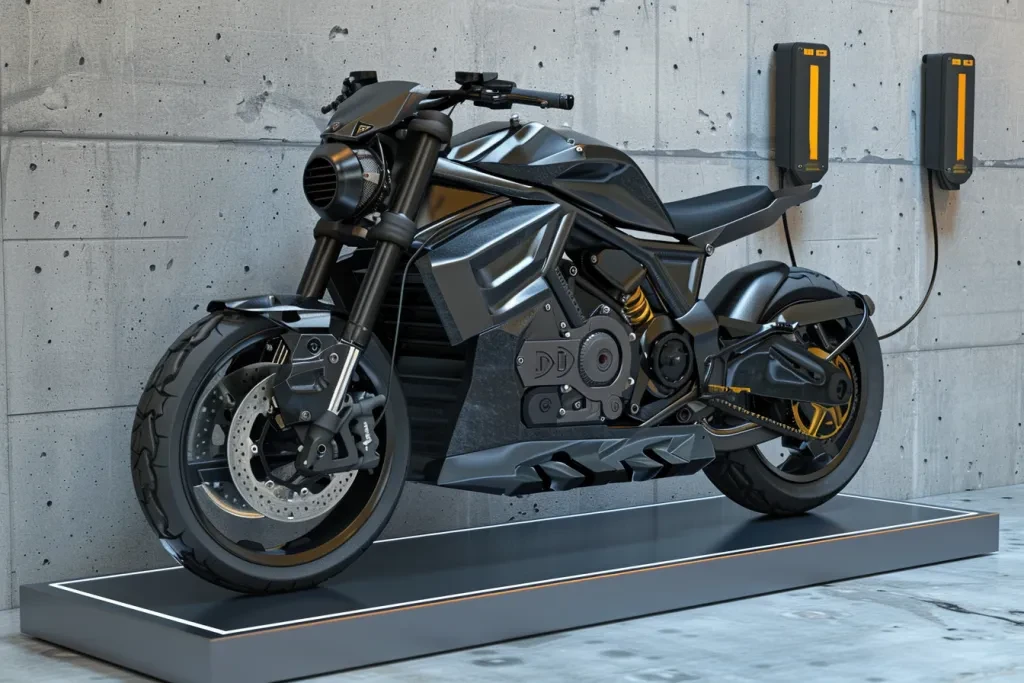
Selecting the right motorcycle battery involves considering several factors, including size, type, capacity, and cold cranking amps (CCA). The battery must physically fit your motorcycle’s battery compartment. The type of battery should match your riding habits and maintenance preferences. For high-performance motorcycles or those used in extreme conditions, a battery with a higher CCA rating is recommended to ensure reliable starting. Capacity, measured in ampere-hours (Ah), indicates how much power the battery can store, affecting how long it can provide power without recharging. Always consult your motorcycle’s manual and consider your specific needs when choosing a battery.
How long do motorcycle batteries last?
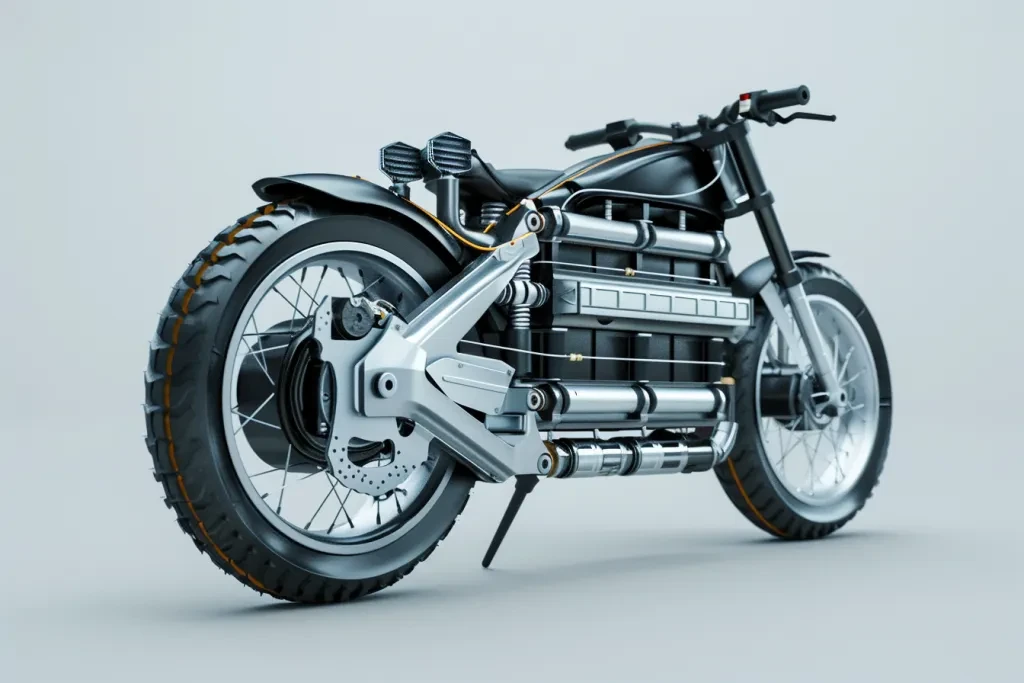
The lifespan of a motorcycle battery depends on its type, maintenance, and usage. Typically, a well-maintained lead-acid battery can last between 3 to 5 years, while AGM and lithium-ion batteries can last 5 to 8 years or more. Factors that affect battery life include frequent short trips, which prevent the battery from fully charging, exposure to extreme temperatures, and improper maintenance. Regularly checking the battery’s charge, keeping it clean, and storing it properly during off-season can significantly extend its lifespan.
How to replace a motorcycle battery
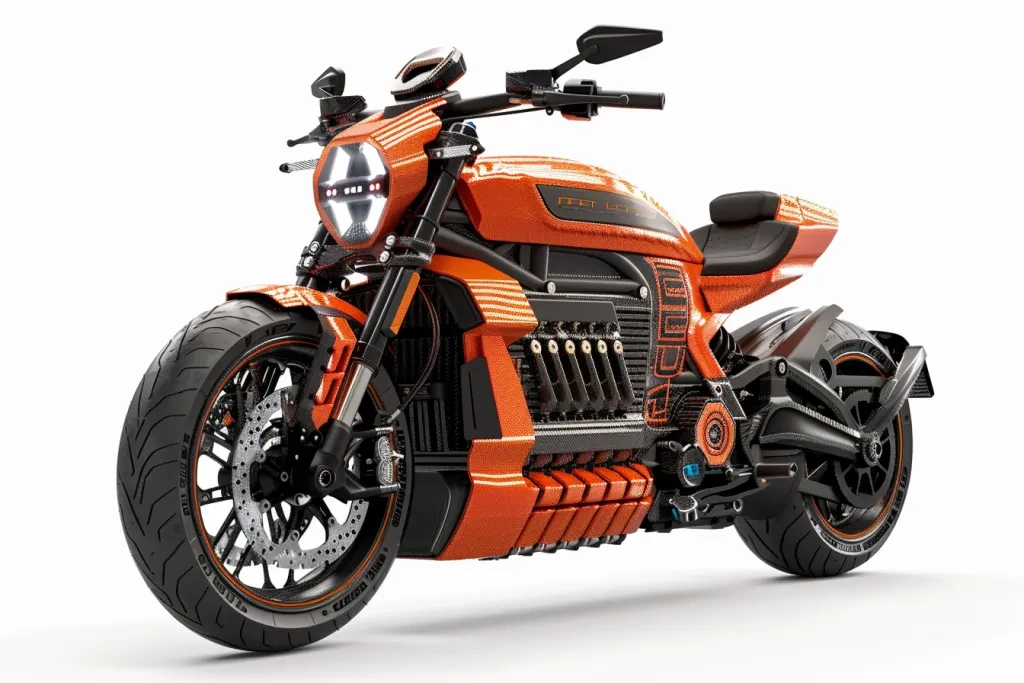
Replacing a motorcycle battery is a straightforward process that most riders can accomplish with basic tools. First, ensure the motorcycle is off and locate the battery compartment. Disconnect the negative (-) terminal first to prevent short circuits, followed by the positive (+) terminal. Remove any securing brackets or screws, then carefully lift the battery out of the compartment. Install the new battery by reversing these steps, connecting the positive terminal first, then the negative. It’s essential to ensure the connections are tight and secure to prevent power loss.
How much are motorcycle batteries?

The cost of motorcycle batteries varies widely based on the type, capacity, and brand. Lead-acid batteries are generally the most affordable, ranging from $30 to $100. AGM batteries, offering better performance and longevity, can cost between $50 and $150. Lithium-ion batteries, with the best power-to-weight ratio and longest lifespan, are the most expensive, typically ranging from $100 to $300. When considering the cost, factor in the battery’s expected lifespan and performance to determine the best value for your needs.
Conclusion:
A motorcycle battery is more than just a component; it’s the lifeline of your bike, ensuring that it starts reliably and powers through every ride. Understanding the types, functions, and maintenance of motorcycle batteries can significantly enhance your riding experience. By choosing the right battery, maintaining it properly, and knowing when and how to replace it, you can enjoy uninterrupted rides and get the most out of your motorcycle investment.
